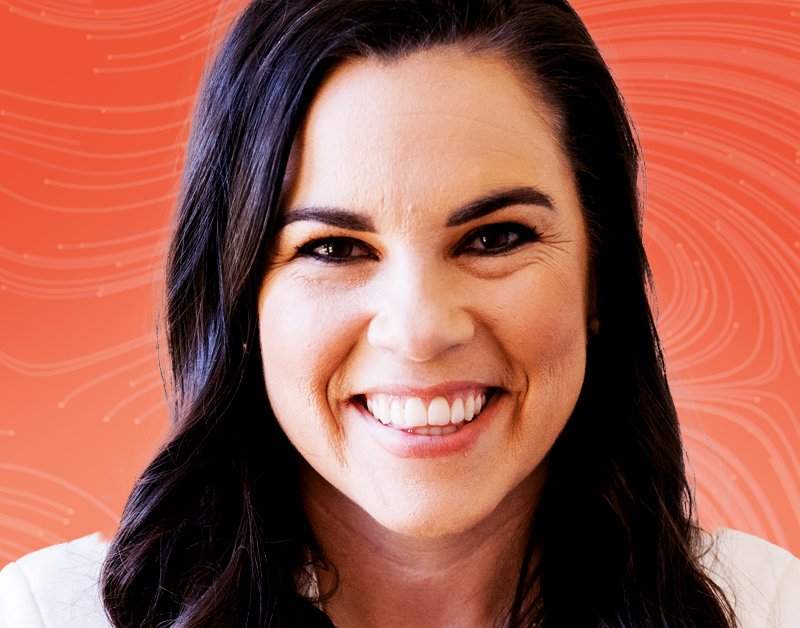Almost half of all men and women in the U.S. suffer from high blood pressure, but many are unaware of their condition. Traditional methods of checking blood pressure using a cuff at the doctor’s office may not always provide an accurate reading. This has led to the development of new technology that offers a more precise way to monitor blood pressure.
Dr. Maria Delgado, a hypertension specialist at the University of Miami Comprehensive Hypertension Center, explains that many patients experience “white coat syndrome,” where their blood pressure spikes due to stress when visiting the doctor. To address this issue, a new patch has been developed to provide continuous monitoring of blood pressure without causing discomfort to the wearer.
The BioBeat skin patch uses sensors and light to measure heart rate, blood oxygen levels, and blood pressure. This non-invasive method allows for 24-hour monitoring without the wearer even being aware that their blood pressure is being checked. The patch is particularly useful for detecting changes in blood pressure patterns, especially during sleep when traditional monitoring methods are impractical.
Researchers at UC San Diego are also working on a smaller ultrasound patch that uses soundwaves to track blood pressure. This innovative technology offers a more convenient and accurate way to monitor blood pressure, potentially leading to earlier detection and intervention for individuals with hypertension.
In conclusion, high blood pressure affects millions of people in the US, but many are unaware of their condition. Traditional methods of checking blood pressure may not always provide an accurate reading, which has led to the development of new technology that offers a more precise way to monitor it. These patches provide continuous monitoring without causing discomfort and allow for earlier detection and intervention for individuals with hypertension.



